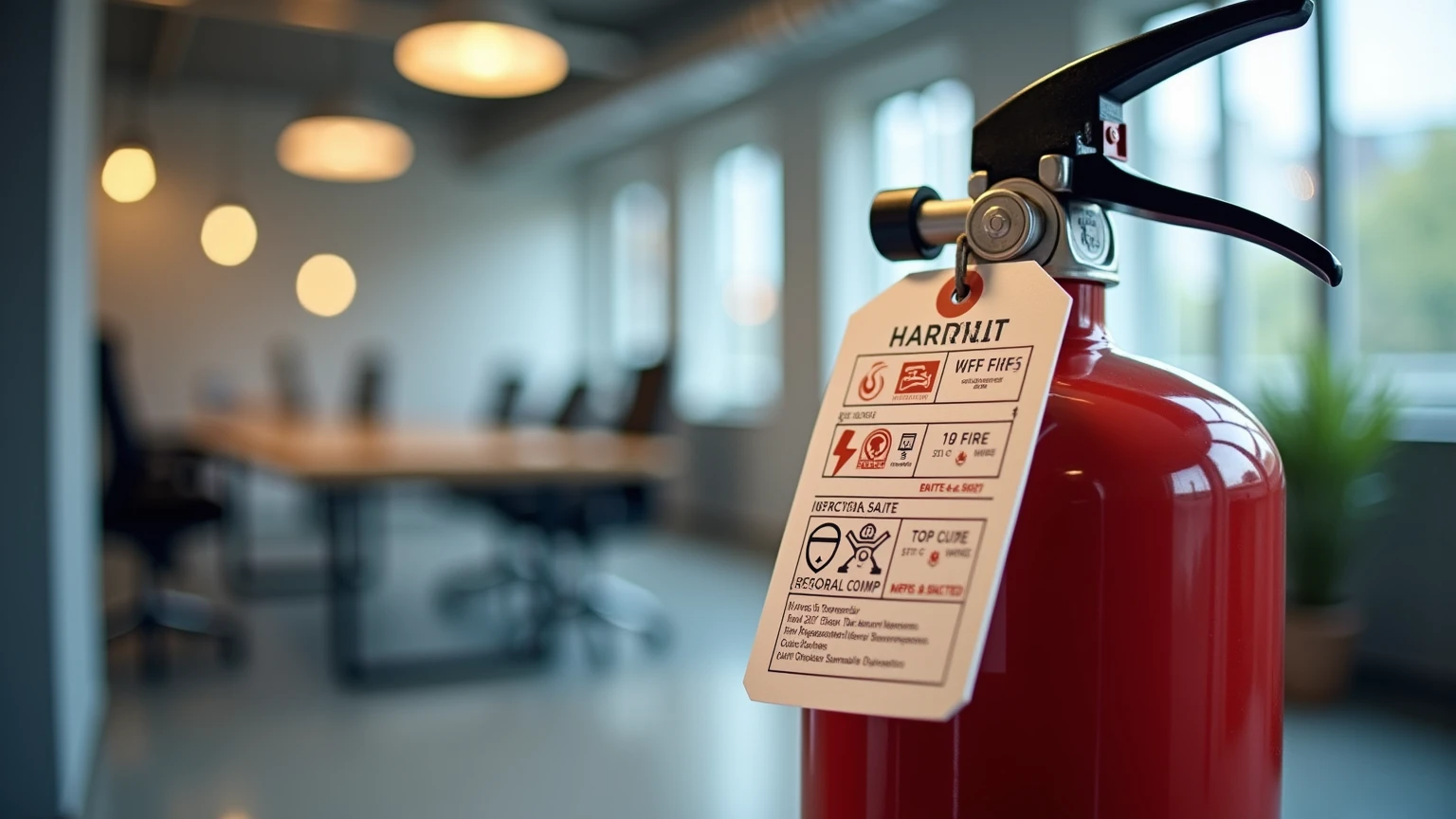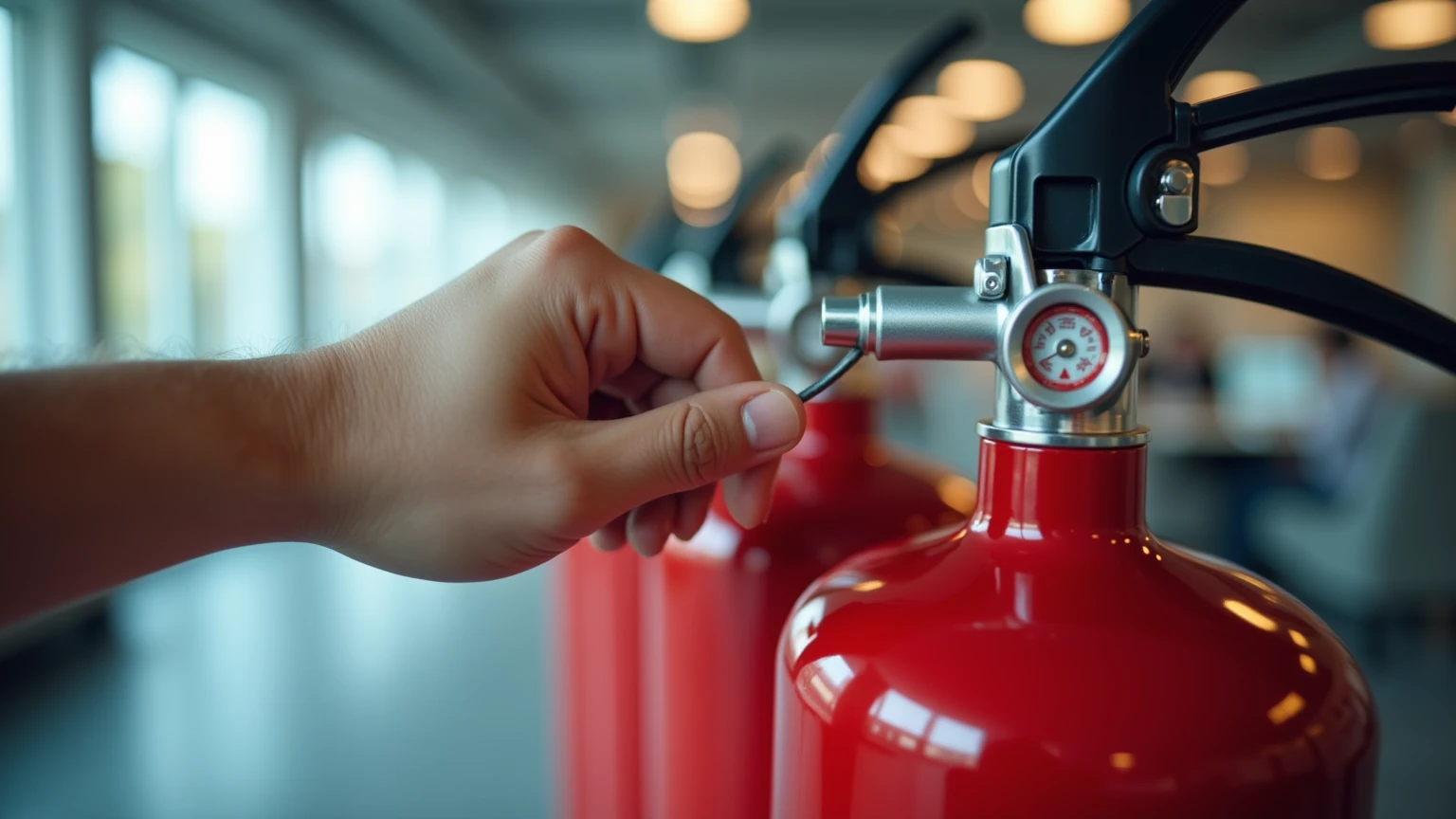In the realm of safety, particularly fire safety, knowledge is power. One often overlooked yet crucial tool in maintaining fire safety is the fire extinguisher tag. Understanding these tags not only empowers individuals and organizations to comply with regulations but also plays an essential role in ensuring readiness in case of emergencies. Let’s explore the significance of fire extinguisher tags and what information they hold.
Fire extinguishers come equipped with tags that contain vital information regarding their inspection and maintenance. These tags are the first line of defense in ensuring the extinguishers are functional and compliant with safety regulations. Knowing how to read and understand these tags can significantly alter the outcome in a fire-related incident, turning potential disasters into manageable situations.
For many businesses and organizations, compliance with local fire safety regulations is not just recommended—it’s required. Regular inspections are mandated, and having clear records displayed on the extinguisher tags ensures that businesses comply readily. This compliance protects employees, customers, and property while safeguarding the organization from potential legal repercussions.

One pivotal component of fire extinguisher tags is the inspection and maintenance records. A well-maintained extinguisher will have dates marked for each inspection, detailing when it was last checked and by whom. Regular inspections are essential, as they confirm that the extinguisher is ready for use if needed. Tags usually have spaces dedicated for these records, making it easy to track maintenance history at a glance.
Another critical aspect of the tag is the classification of fire types the extinguisher can combat. For instance, extinguishers are often categorized by letters such as A, B, C, D, and K, each representing different types of fires. Understanding these classifications is essential; using the wrong type of extinguisher can exacerbate a fire situation rather than mitigate it. Therefore, always check the tag for this crucial information.
Expiration dates are also part of the tag’s entries. They indicate how long the extinguisher has been certified as safe to use. These dates are typically marked with a punch or a sticker and must be monitored regularly. If an extinguisher is past its expiration date, it should be serviced or replaced immediately. Staying off-delay with extinguisher servicing helps maintain a solid preparedness level.
First things first, locate the tag. It’s usually attached in a visible area on the extinguisher itself, often situated near the handle. If you can’t find it, it may be obscured, indicating a potential issue with accessibility or maintenance.
Once located, inspect the tag for inspection status. It’s crucial to see if the last inspection date falls within the required time frame. This ensures the extinguisher is compliant with safety standards.
The tag will also indicate which type of fire the extinguisher is designed to extinguish. Familiarize yourself with this information as it is paramount in knowing when you can safely deploy the extinguisher. For example, if faced with an electrical fire, you should reach for a Class C extinguisher.

It’s not enough to have extinguishers in place; regular checks are vital. According to industry standards, fire extinguishers should undergo monthly visual inspections. These checks can often be conducted by personnel such as facility managers or a designated fire safety representative. During a monthly check, ensure the extinguisher is intact, the pressure is adequate, and that it has not been discharged.
An essential part of the inspection process is keeping accurate records of these inspections. A well-documented history helps in audits, demonstrates compliance, and ultimately contributes to a culture of safety within the organization. Regular records also allow for timely replacements or repairs.
In addition to monthly checks, professional inspections are mandated at least once a year. A licensed fire protection company can review and certify your extinguishers, ensuring they meet all national and local regulations. Keeping the schedule for these services is crucial.
Proper placement of fire extinguishers affects their accessibility during emergencies. Follow local regulations on placement to ensure they are not obstructed and are easily reachable. Furthermore, regular inspections should include checks to maintain this accessibility.
Expired fire extinguishers should be serviced or replaced immediately. It is crucial to ensure that your safety equipment is always up-to-date.
While professional inspections should occur annually, monthly checks can be performed by personnel in your organization to ensure readiness.
The classification letters (A, B, C, D, K) indicate the type of fire the extinguisher is effective against. It’s essential to match the extinguisher to the type of fire you may encounter.
Yes, monthly visual inspections can be conducted by designated personnel or facility managers. However, professional inspections must be done annually.
During a monthly inspection, check for the unit’s security, pressure gauge readings, and the legibility of the tag. Ensure it is not obstructed and shows clear evidence of its last inspection.
Understanding fire extinguisher tags is crucial for effective fire safety protocols. By staying informed, regularly inspecting, and maintaining extinguishers, you can make a significant difference in fire safety readiness in your workplace or home. Remember, safety is everyone’s responsibility, and being prepared can save lives.